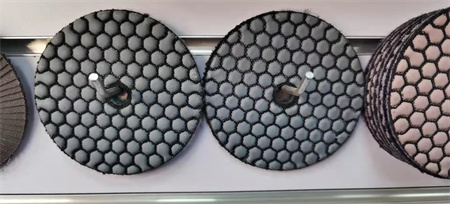Adapting Products for African Stone Restoration Needs

Across Africa, ancient stone structures—whether the iconic pyramids of Egypt, the stone fortresses in Ethiopia, or the colonial buildings scattered across West Africa—hold historical significance and face the wear and tear of time and the elements. In addition to the natural decay caused by weather, the use of stones like sandstone, limestone, and granite in these buildings presents particular restoration challenges. These stones, while durable, are also susceptible to different forms of damage such as erosion, staining, and cracking, which often require specialized treatment.
One of the primary considerations when adapting stone restoration products for African structures is the climate. Africa spans a variety of environments, from the humid tropical zones near the equator to the arid desert regions of the Sahara. For instance, in coastal areas like East Africa, high humidity and saltwater exposure can lead to efflorescence, a condition where salts from the stone surface form crystalline deposits, leading to surface deterioration. Restoration products in these areas must therefore have the ability to withstand both saltwater and the high moisture levels without causing further damage to the stone.
On the other hand, in the dry, sun-drenched regions of North and West Africa, the intense heat and lack of moisture can cause stones to dry out, leading to cracking and brittleness. In these regions, restoration products must not only address surface damage but also penetrate deep into the stone to restore its internal integrity. Moisturizing treatments and crack repair systems designed for these conditions can help revive stones that have become brittle and fragile over time.
Another consideration is the diversity of the stone types used in African construction. From the limestone of Tunisia to the granite of South Africa, the varying mineral compositions require specific approaches. Products designed for limestone restoration may not perform the same way on granite or sandstone, so it’s crucial for restoration products to be customizable. Whether through color matching to preserve the aesthetic appeal or through specialized bonding agents that work with the unique structure of the stone, manufacturers must understand the specific properties of African stone materials to produce products that deliver effective results.
Furthermore, the age-old tradition of using natural stones means that many restoration projects in Africa require products that respect the original building techniques. While modern restoration methods often rely on synthetic chemicals or large-scale machinery, there is a growing emphasis on using eco-friendly, traditional methods to ensure authenticity and sustainability. This is especially important in areas where cultural heritage plays a significant role in national identity, and preserving the original aesthetic and integrity of stone buildings is paramount. Local craftsmen and restoration experts are increasingly seeking products that are both modern in their effectiveness but also true to the ancient techniques and materials used in these structures.

But the innovation doesn’t stop at the materials themselves. The tools and methods used in stone restoration are evolving as well. African restoration professionals are increasingly relying on advanced tools like micro-abrasive machines, which allow for the gentle cleaning of surfaces without causing further damage, and laser cleaning systems, which are especially effective in removing surface grime and pollutants without affecting the stone’s integrity. These tools, combined with modern chemical solutions, ensure that restoration projects not only fix visible damage but also preserve the stones for future generations.
As restoration needs evolve, so too does the approach to product development. Manufacturers are actively working with local experts to better understand the challenges posed by Africa’s diverse environments and stone types. By focusing on the specific restoration needs of the continent, they can develop more targeted and effective products. The restoration of African stone buildings, whether historical or contemporary, is an ongoing effort, one that requires the perfect balance of innovation, tradition, and respect for local materials.

